8/09/2024
What is Neuroaesthetics?
Neuroaesthetics explores how different shapes, colors, textures, and compositions influence our brain. Scientific studies have shown that certain aesthetic features can activate areas of the brain associated with pleasure and relaxation.
Applications of Neuroaesthetics in Interior Design
Shapes and Geometry: Curved lines and organic shapes are often perceived as more pleasant than angular ones. Incorporating furniture with soft lines can create a cozy and relaxing atmosphere.
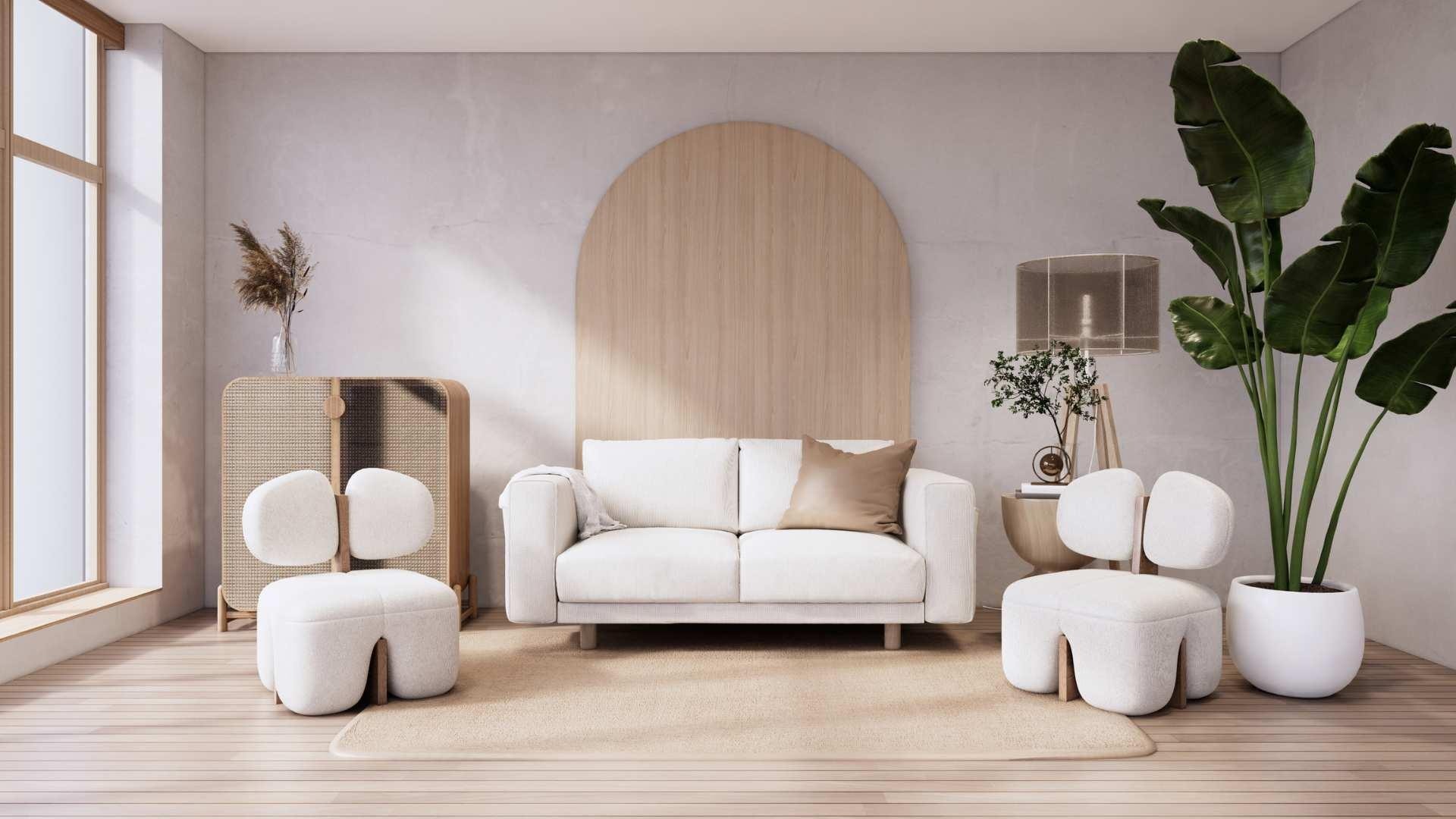
Color and Light: Colors have a direct impact on our emotions. Shades of blue and green are associated with tranquility and relaxation, while reds and oranges can stimulate energy and creativity. Lighting also plays a crucial role; natural light is always preferable for overall well-being.
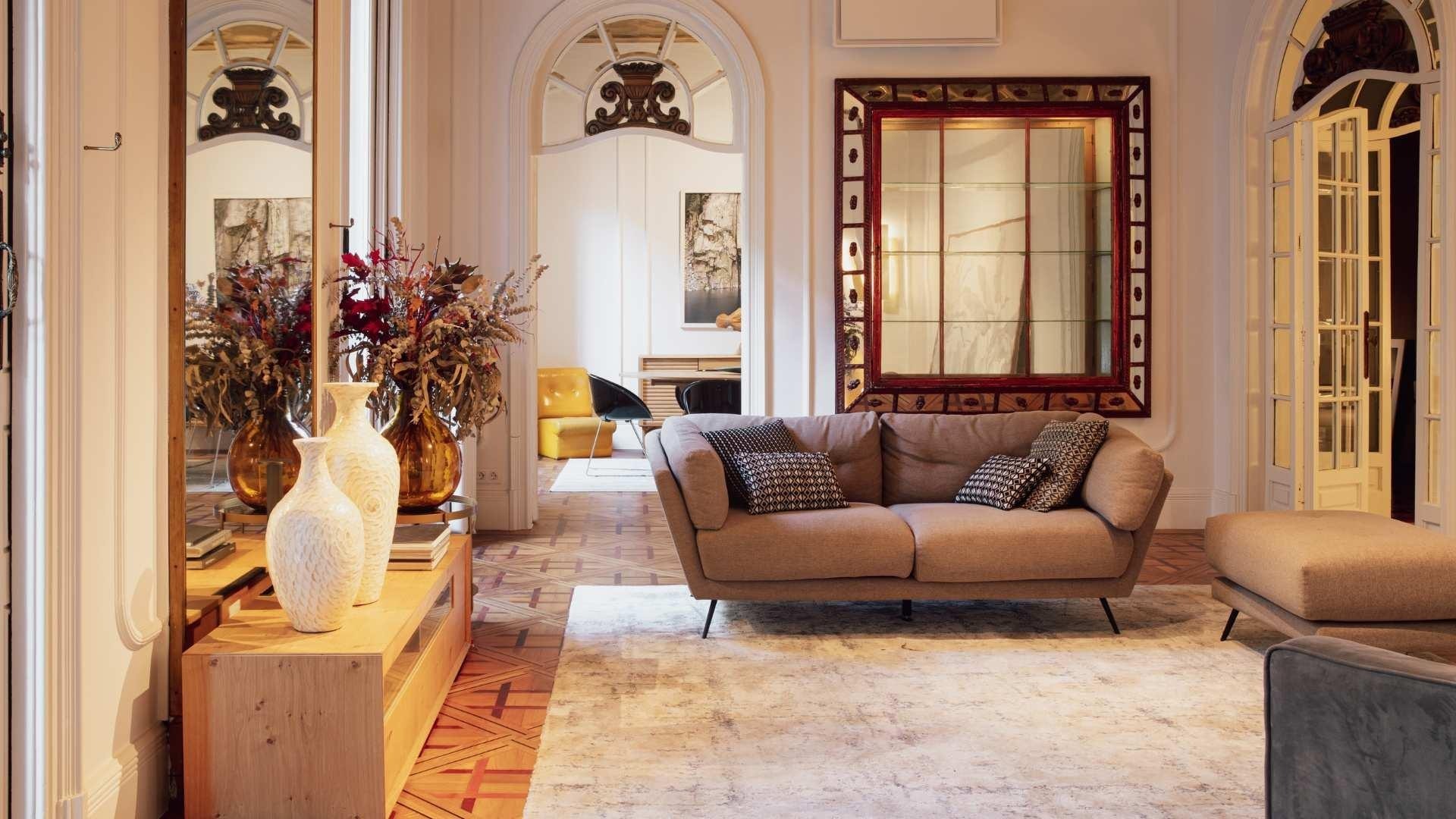
Materials and Textures: Natural materials like wood, stone, and natural fibers are often perceived as more comforting. Different textures can add depth and tactile interest, enriching the sensory experience.
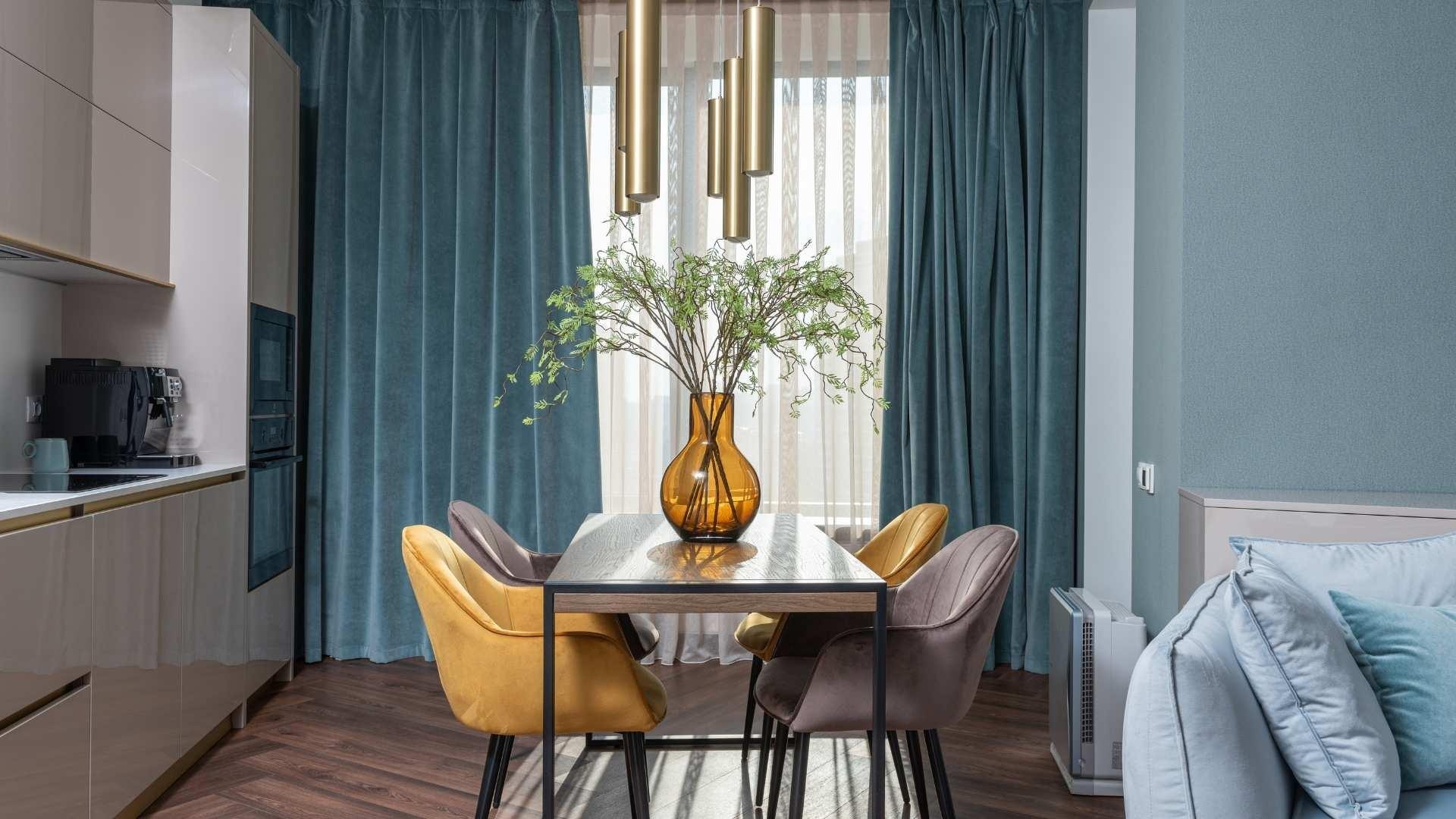
Open Spaces and Greenery: Including plants and open spaces can significantly improve the quality of the environment. Plants not only purify the air but their natural green has a calming effect on the nervous system.
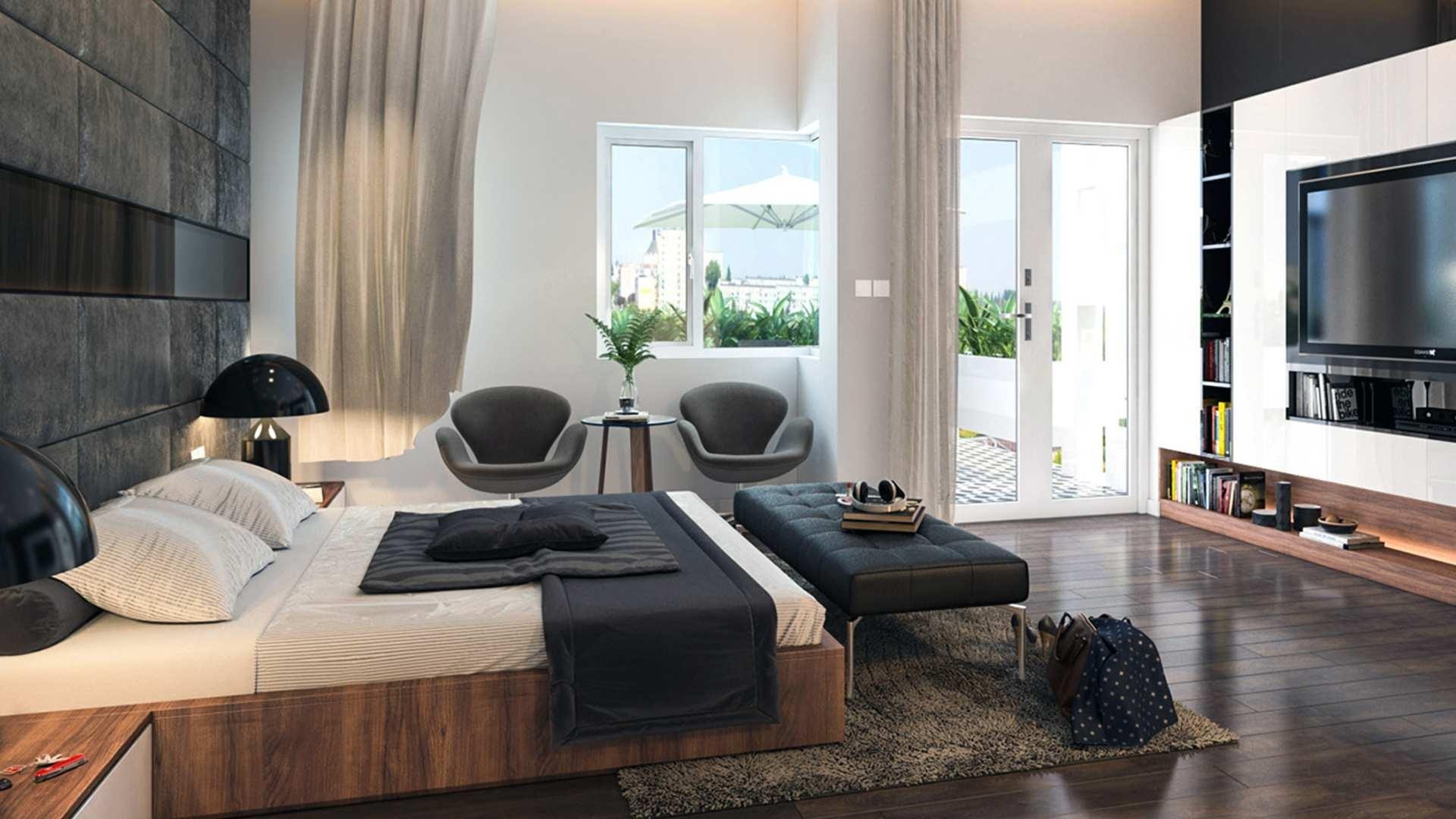
Harmony and Balance: A well-balanced environment, where elements are arranged harmoniously, is perceived as more pleasant. This includes a good balance between empty and filled spaces, between furniture and decorations.
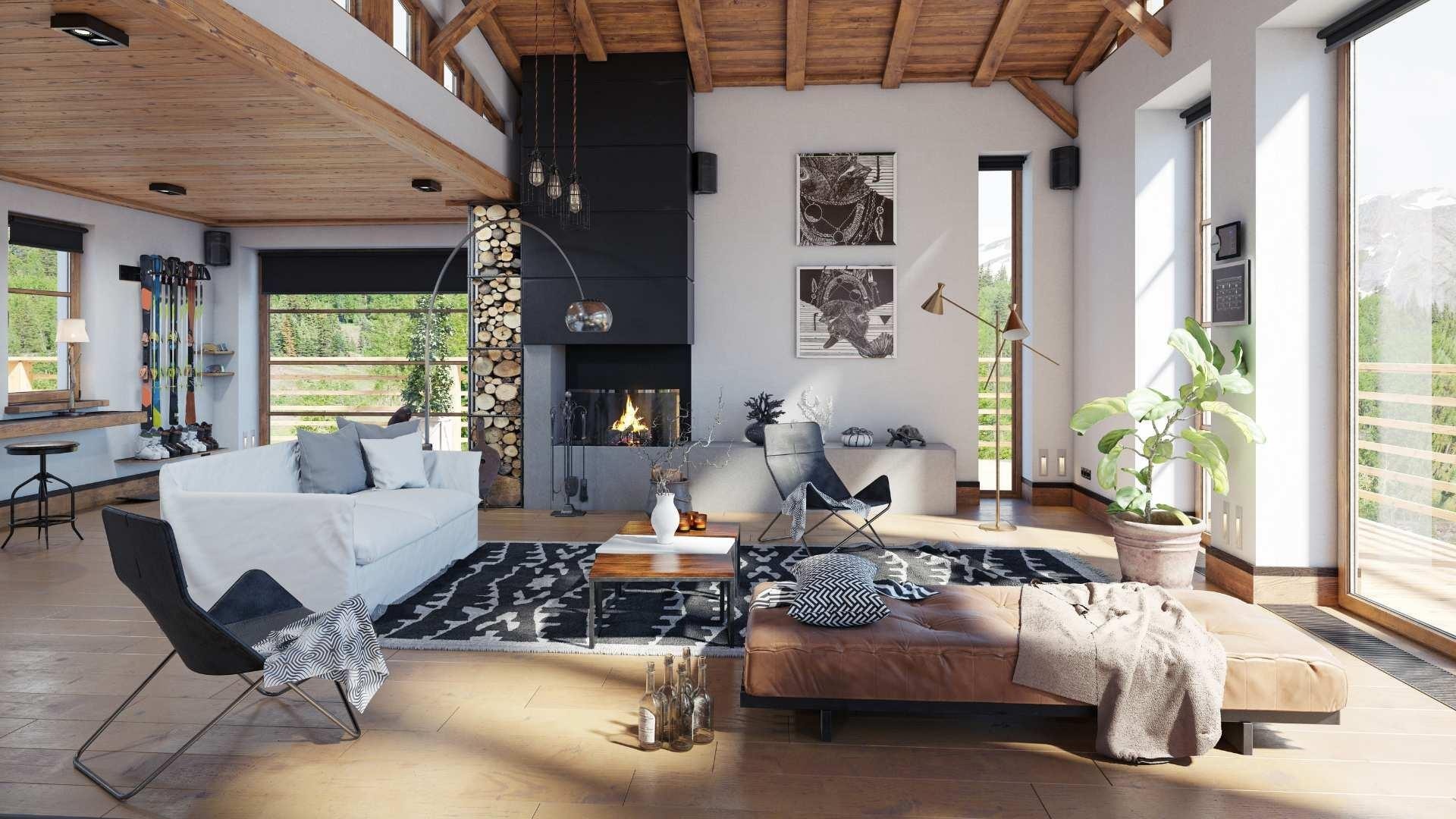
Neuroaesthetic interior design offers an innovative approach to interior design, focusing not only on aesthetics but also on the mental and physical well-being of the people living in the spaces. By integrating the principles of neuroaesthetics, it is possible to create environments that not only look beautiful but also enhance the quality of life.
_14077b47db_23.jpg)
Interior Designer since 1985
CEO & Founder, Italian Design in the World
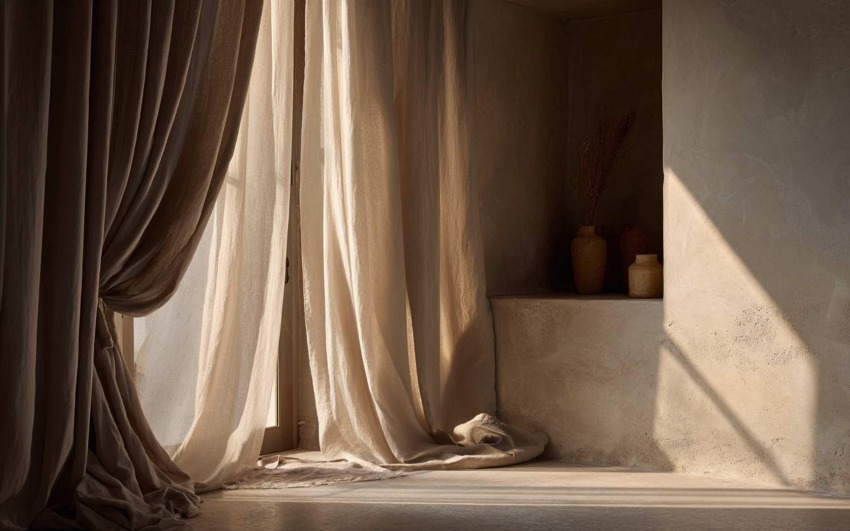
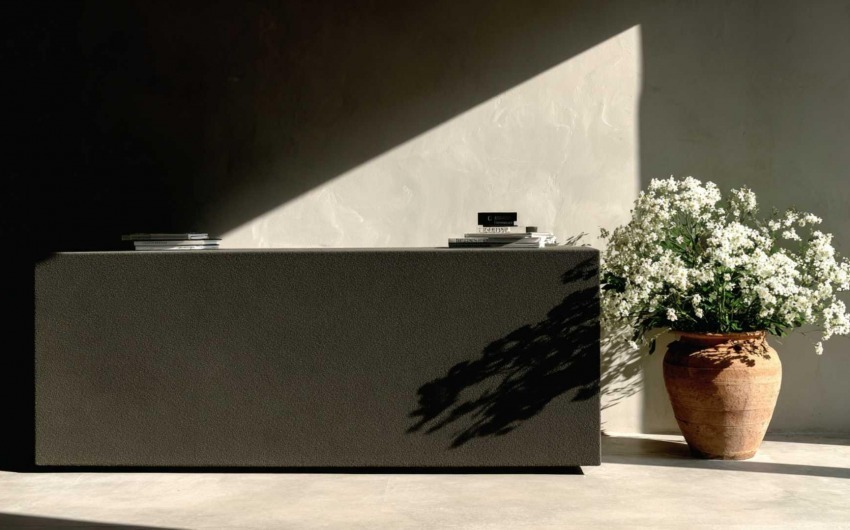
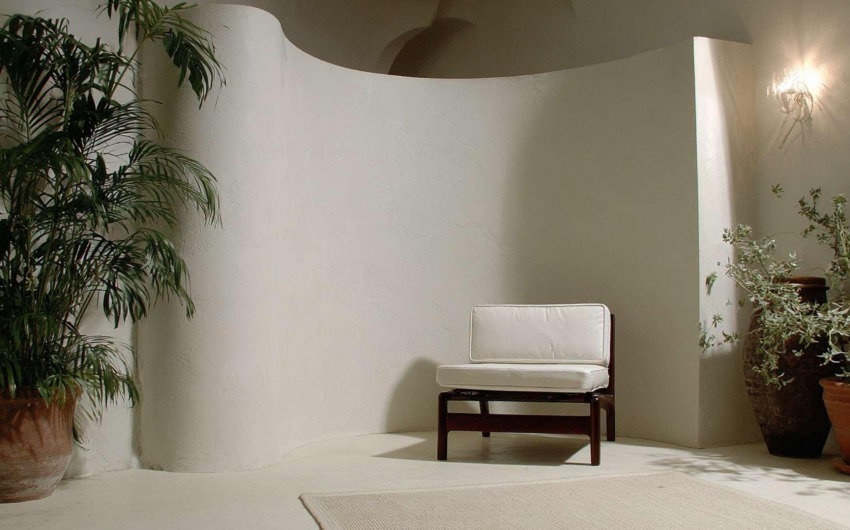

_0f565b1edb_633.jpg)
